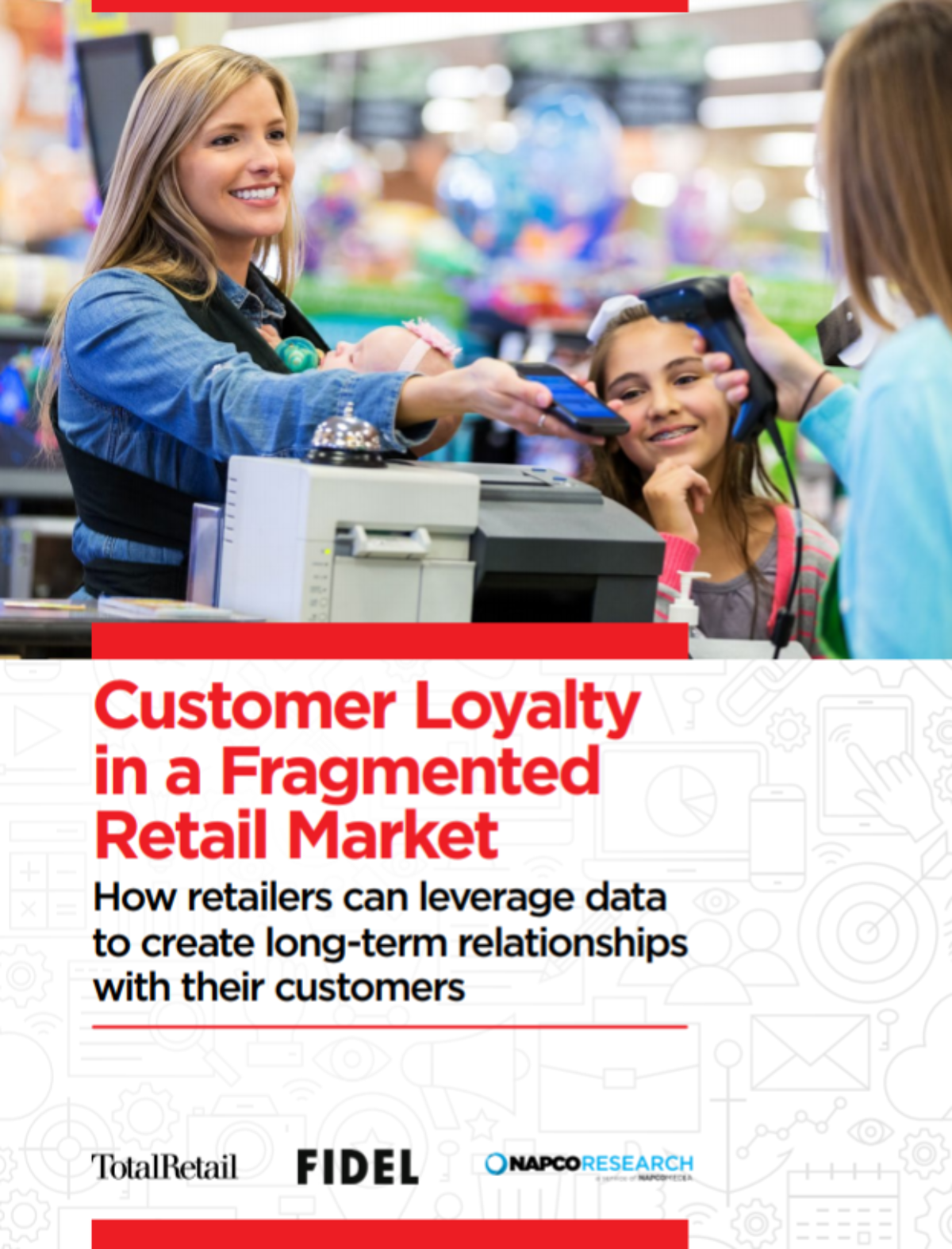
To stay ahead in the competitive e-commerce environment, particularly in a COVID world, many retailers are turning to loyalty programs to capture customer data. After all, when customers join a retailer’s loyalty program, not only do they share explicit data (think name, email address, phone number, etc.), but retailers can also collect implicit behavioral and transactional data from them. In fact, every time a customer clicks an affiliate link, scans a coupon code, etc., they share a variety of implicit and explicit data. With this data, retailers can get a better understanding of how their customers shop and strategically tailor offerings to them, giving a boost to customer engagement.
To delve a bit more into how retailers use loyalty programs to collect data on and ultimately learn about their customers, Total Retail recently produced the report, Customer Loyalty in a Fragmented Retail Market: How retailers can leverage data to create long-term relationships with their customers. The report is sponsored by Fidel API, a fintech startup that offers an API to let developers build functionality, such as rewards programs, on top of major credit card payment networks.
Top Loyalty Programs
The report offers insights into the customer retention challenges that retailers are currently facing; how customer data can help address those challenges, particularly data which is obtained in a loyalty program; the role card-linking technology can play in creating loyal customers through the collection of valuable transactional data; and best practices for earning customer loyalty.
Last week, we highlighted a few of the best practices included in the report for winning customer loyalty. This week, we profile examples of leading loyalty programs that have focused on data capture and foregrounded customer experience to increase retention rates.
- Starbucks: The coffee chain’s Reward Loyalty Program had 16 million active members as of March 2019. Starbucks attributes 40 percent of its total sales to the Rewards Program. Largely responsible for Starbucks' loyalty program success is its mobile app, which enables users to order and pay ahead of arriving at a physical store, as well as earn rewards that translate into free items. Starbucks is customizing features and functionalities within the app based upon data collected about its users.
- Nordstrom: The upscale department store chain’s loyalty program, The Nordy Club, is predicated on experiences, in addition to rewards. For example, members can receive priority access to style events, beauty and style workshops, curbside pickup, are the first to shop select brands, among other perks. The experiences crafted for Nordy Club members are based on customer feedback; members not only want good deals and discounts, but they want access to unique products and services as well. And during each of these experiences, Nordstrom is able to collect more behavioral data on its customers.
- Avios: The travel rewards coalition's loyalty program turns everyday spending into travel and leisure rewards for nearly 8 million customers around the world. Brands that participate in the Avios coalition loyalty program include Tesco, Shell, Hilton, and Aer Lingus. One of the core differentiators of a coalition loyalty program is users ability to earn points across multiple touchpoints. This enables customers to maximize the points they do earn, and redeem them for things like free flights.
These programs leverage technology and data to help foster customer loyalty. Transactional data is critical for retailers to understand their customers better, and is used in various aspects of the business to refine offerings strategically. For example, loyalty program data serves as the foundation for a variety of business functions, including product development, customer service and, perhaps most importantly, marketing and promotional campaigns.
Planning Ahead for Repeat Customers
Given the economic benefits of developing a loyal customer base — lower costs (acquisition, marketing), higher customer lifetime values, greater profits — it’s not surprising that nearly every retailer and brand is trying to find ways to create long-term relationships with buyers.
Merchants must have a plan for how they’re going to engender customer loyalty. That plan needs to include data and customization, as well as the technology systems that can enable them. Experience is the new differentiator in today’s hypercompetitive retail environment. With the right data, brands can customize the customer experience, leading to happier and, most importantly, repeat customers.
For more on this topic, and to download Total Retail's latest research report, Customer Loyalty in a Fragmented Retail Market, click here.
"loyalty" - Google News
June 04, 2020 at 05:42AM
https://ift.tt/3gMO5Ct
How Loyalty Programs Can Help Retailers Learn About Their Customers - Total Retail
"loyalty" - Google News
https://ift.tt/2VYbPLn
https://ift.tt/3bZVhYX
Bagikan Berita Ini














0 Response to "How Loyalty Programs Can Help Retailers Learn About Their Customers - Total Retail"
Post a Comment